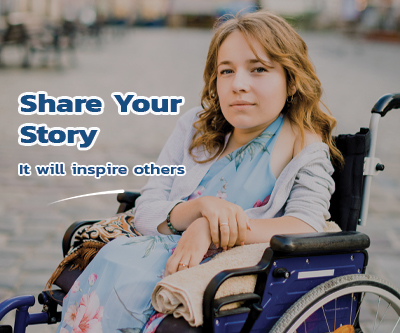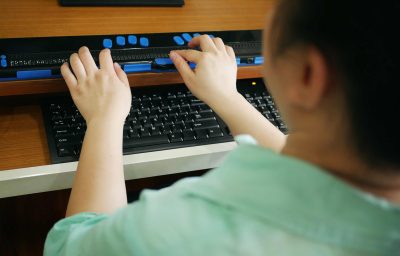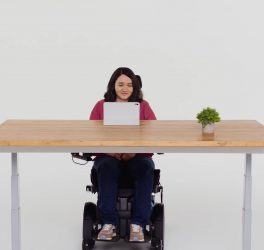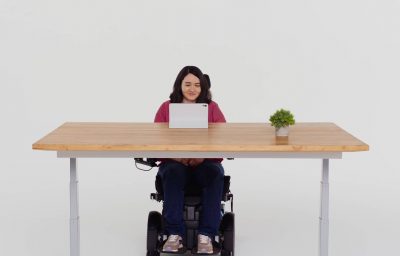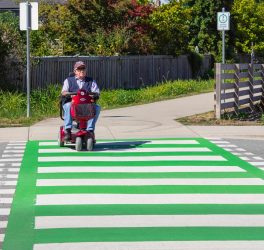Google has unveiled a new accessibility tool in the making called Action Blocks, which enables Android smartphone users to create shortcuts for common multi-step tasks with the help of the Google Assistant. In that respect, Action Blocks isn’t all that different from Shortcuts on iOS, for example, but Google is specifically looking at this as an accessibility feature for people with cognitive disabilities.
DIVA was the starting point for Action Blocks, which uses the Google Assistant to make it easier for people who have a cognitive disability to use Android phones and tablets. With Action Blocks, you add Assistant commands to your home screen with a custom image, which acts as a visual cue.
The Action Block icon—for example, a photograph of a cab—triggers the corresponding Assistant command, like ordering a rideshare. Action Blocks can be configured to do anything the Assistant can do, in just one tap: call a loved one, share your location, watch your favorite show, control the lights and more.
Action Blocks is the first of our many efforts to empower people with cognitive disabilities, help them gain independence, connect with loved ones and engage in the world as they are.
The product is still in the testing phase, the only way to get access to Action Blocks is to join Google’s trusted tester program. It’s unclear when this will roll out to a wider audience. When it does, though, caregiver or family member of someone with a cognitive disability that could benefit.
